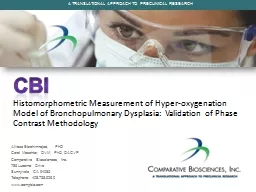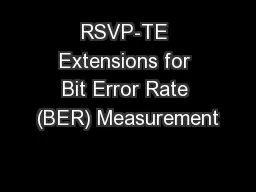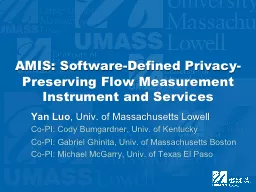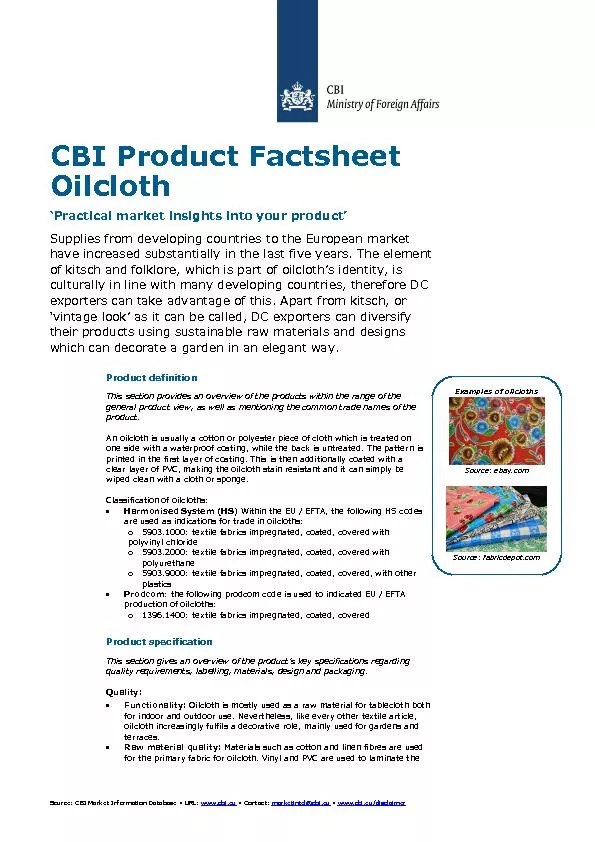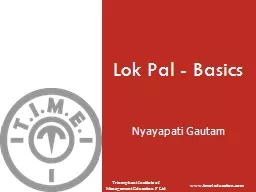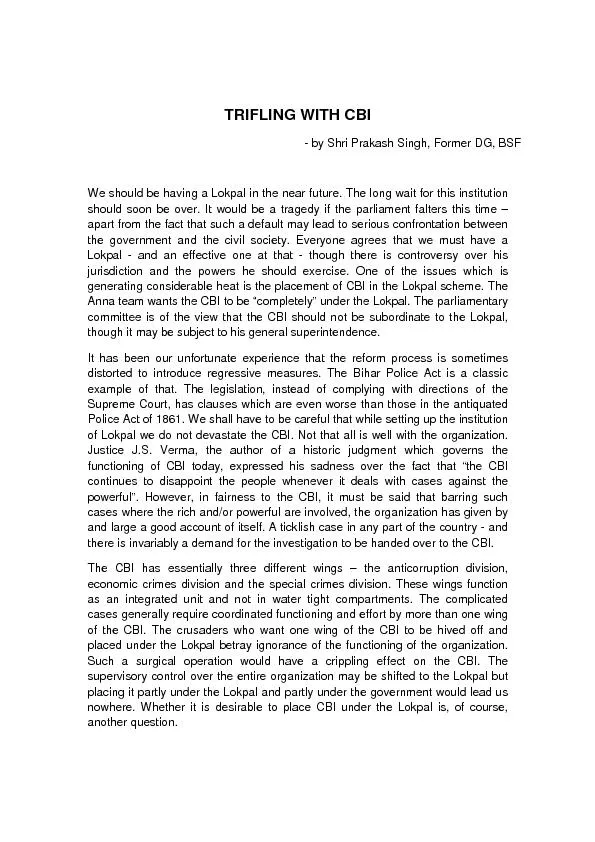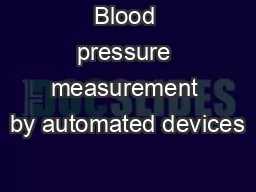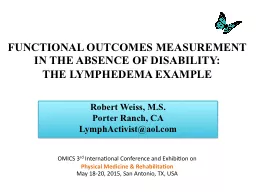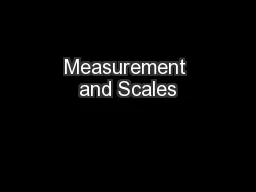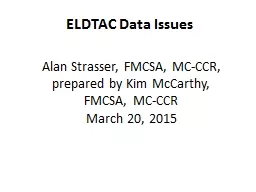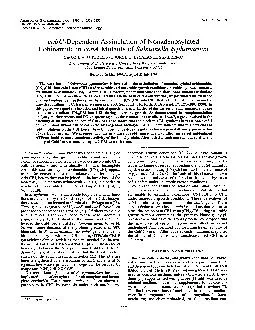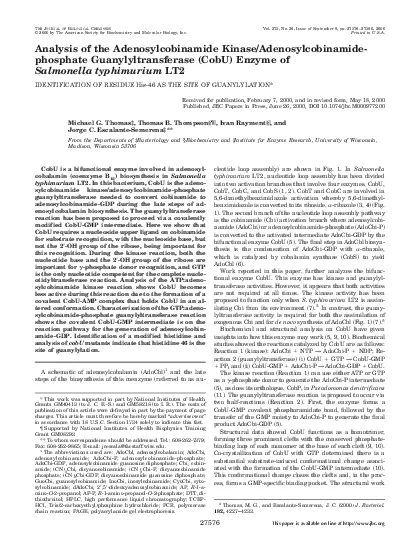PPT-CBI Histomorphometric Measurement of
Author : festivehippo | Published Date : 2020-06-16
Hyperoxygenation Model of Bronchopulmonary Dysplasia Validation of Phase Contrast Methodology A TRANSLATIONAL APPROACH TO PRECLINICAL RESEARCH Alireza Ebrahimnejad
Presentation Embed Code
Download Presentation
Download Presentation The PPT/PDF document "CBI Histomorphometric Measurement of" is the property of its rightful owner. Permission is granted to download and print the materials on this website for personal, non-commercial use only, and to display it on your personal computer provided you do not modify the materials and that you retain all copyright notices contained in the materials. By downloading content from our website, you accept the terms of this agreement.
CBI Histomorphometric Measurement of: Transcript
Download Rules Of Document
"CBI Histomorphometric Measurement of"The content belongs to its owner. You may download and print it for personal use, without modification, and keep all copyright notices. By downloading, you agree to these terms.
Related Documents

